Monthnotes August 2025
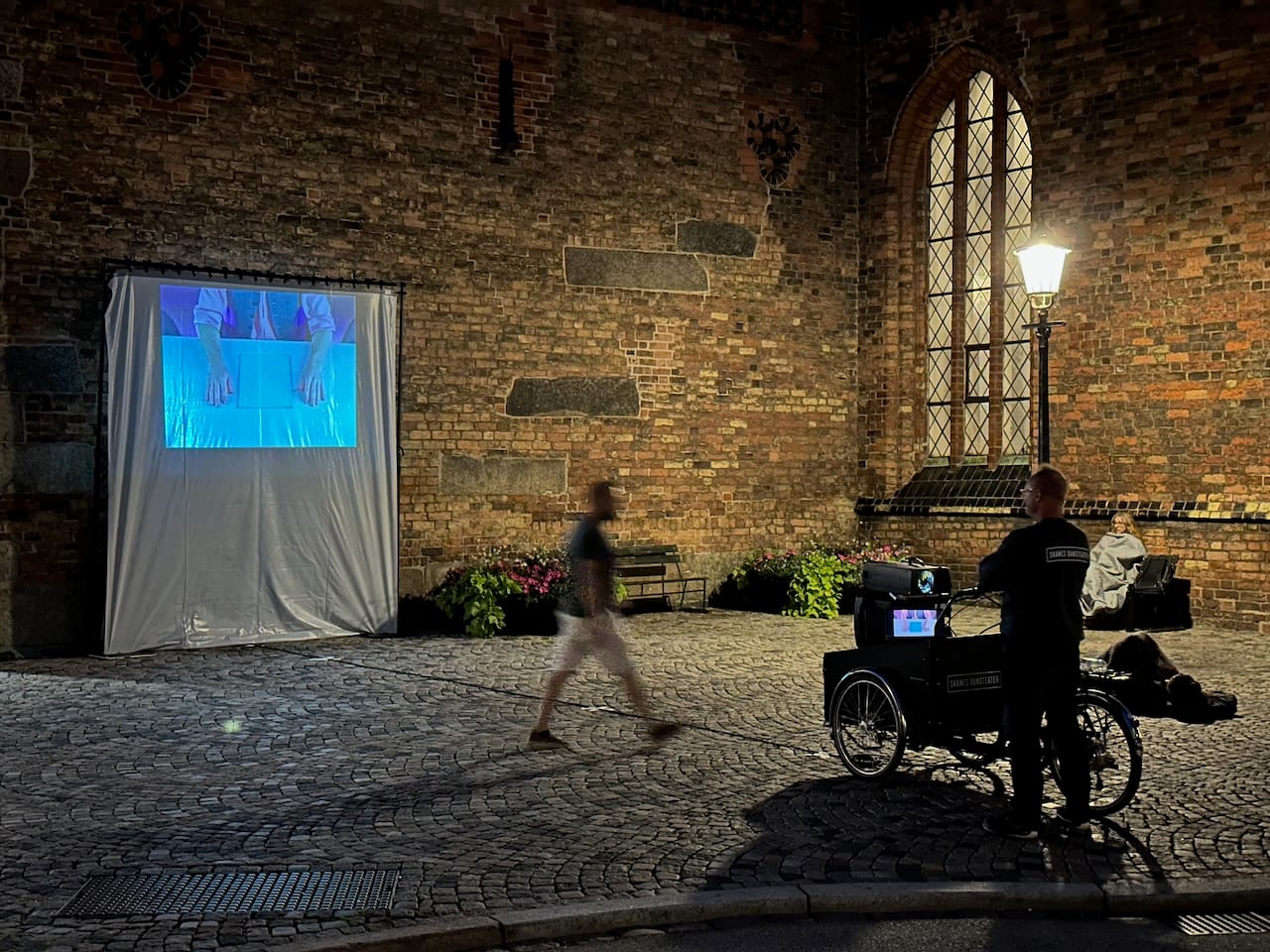
Every month or so, I share a quick digest of what I've been working on and reading. Here's the latest. More in the series here.
I'm back at work again, as of the start of the month. July was great - I spent some days working on the personal to-do list, and some days lying on the sofa playing videogames, and some days meeting up with friends and hanging out and playing music. Really enjoyed it, and I'm excited about getting back to doing some paid client work again now too.
Project "make a small physical device that plays ambient sonifications of local API data. Weather data, air quality, ISS position, earthquakes, etc" is going strong. It's probably going to be called "The Sonification Machine", nodding at the influence of Yuri Suzuki's Ambient Machine.

For the technically-curious, the setup is that I've got a Raspberry Pi Pico 2 W acting as a controller - getting data from the internet and cleaning it up, as well as reading the position of the switches, the volume knob, etc, and sending all that info over OSC to a Raspberry Pi 5. The Pi 5 is running RNBO, and creating the sound, which goes out through a lil Adafruit bonnet to a pair of speakers. All of it sits in a laser-cut box that my partner Silfa is leading on the design of.
The last few weeks have been about finalising the code for the controller - figuring out what APIs I want and how to process them. It'll be playing back live data about earthquakes, air quality, rainfall, air temperature, cloud cover, the position of the ISS, the strength of the solar wind, and the current ratio of bot/human activity on the internet.
Next step is to figure out what all of those things should sound like, and how they change as the underlying data changes. That'll mean a lot of RNBO work, no doubt hitting up against the limits of what's possible in RNBO. I expect that a lot of creativity is going to be needed there.
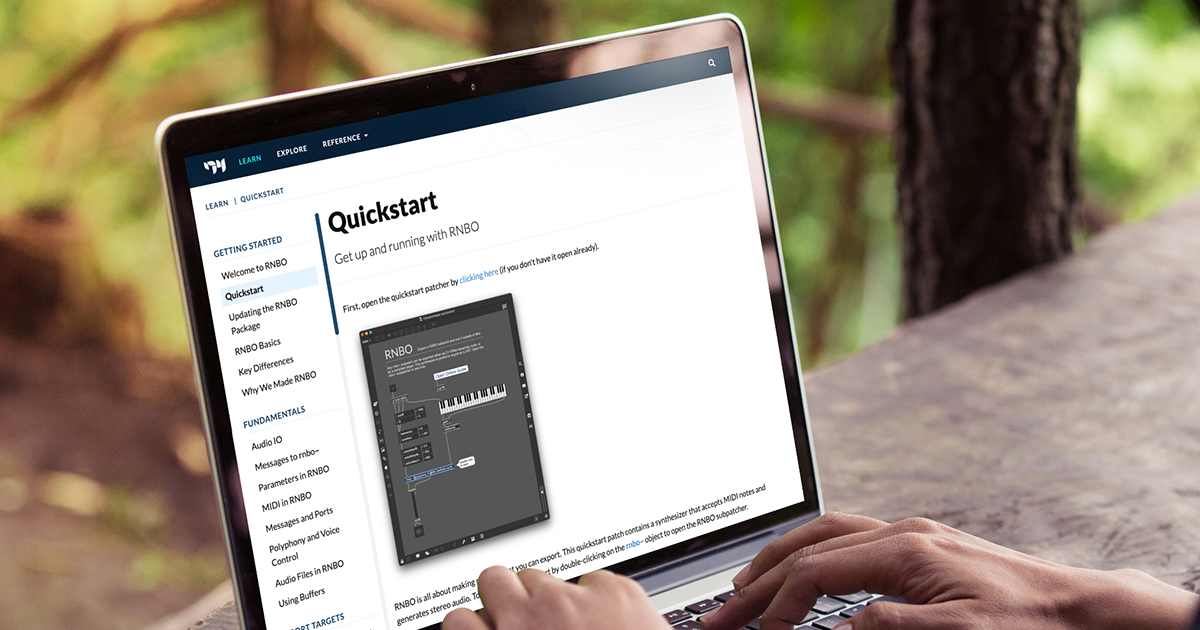
Then finally we need to build the physical side of it all, and eventually exhibit it at Malmö Gallery Weekend at the end of September. More on this next month, no doubt.
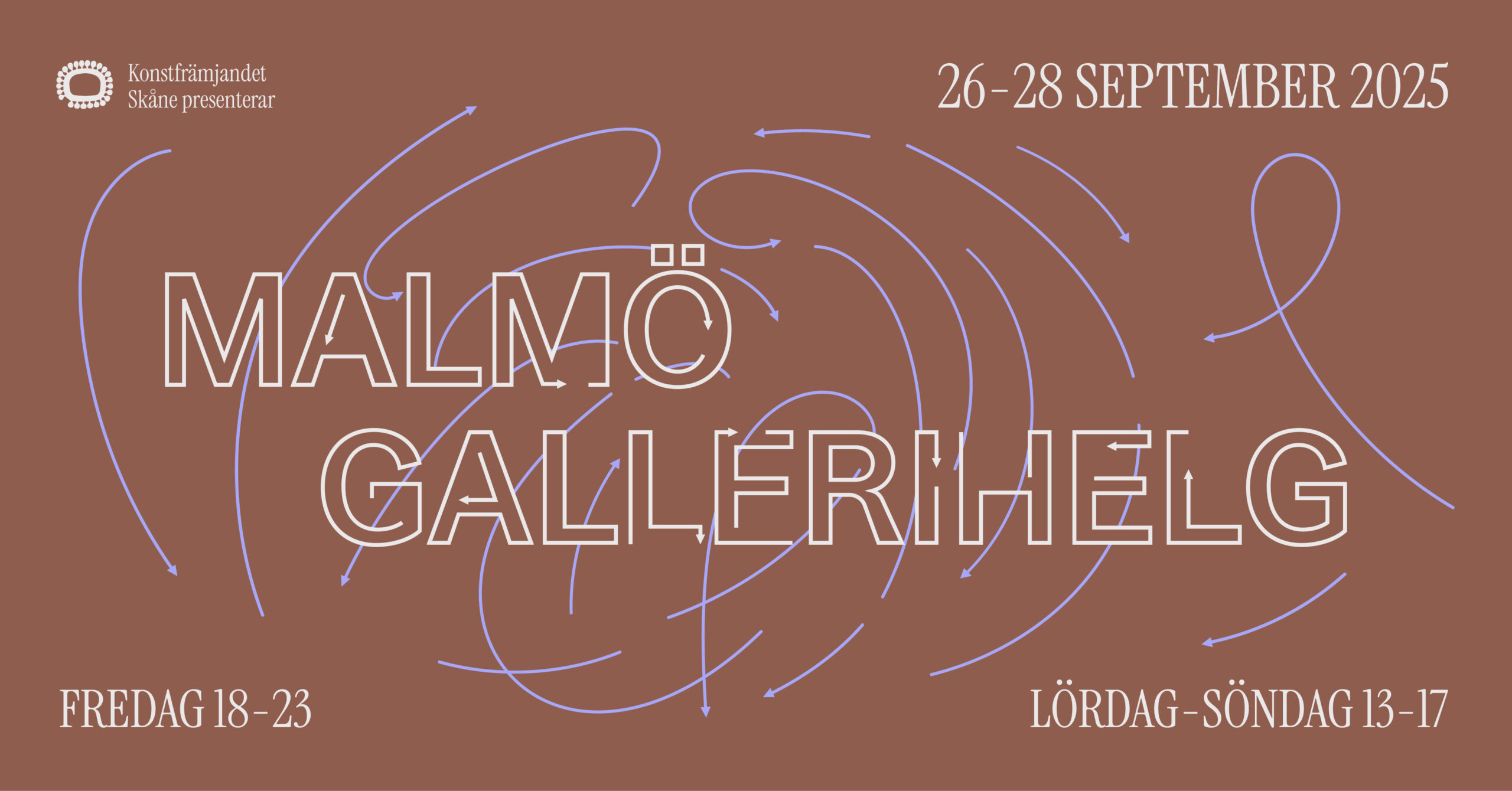
Another point of inspiration when I've been thinking about this project is Gothenburg-based artist Love Hultén, who crafts beautiful housings for synthesizers and other musical equipment. If you've not seen his work before, then definitely give that link a click.
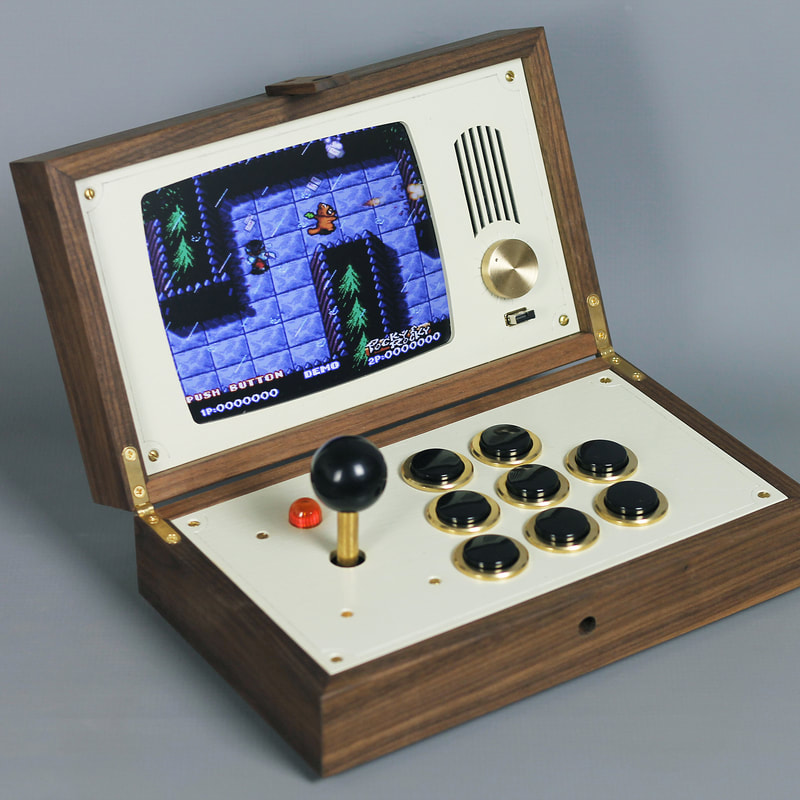
I've always wondered what his process looks like behind-the-scenes, and it turns out there's a video! This was a project he made for a music festival, paid for by a Stockholm IVF clinic(!). It's only a glimpse, and it conceals more than it shows - particularly when it comes to the design phase, and how the software is built, but it's still a wonderful watch nonetheless.
Of course, it wouldn't be a physical sound object without a speaker grille, and so I've discovered yet another niche thing to get nerdy about. Speaker Grilles of the World is a website that categorises a bunch of different designs. Very neat, very satisfying.
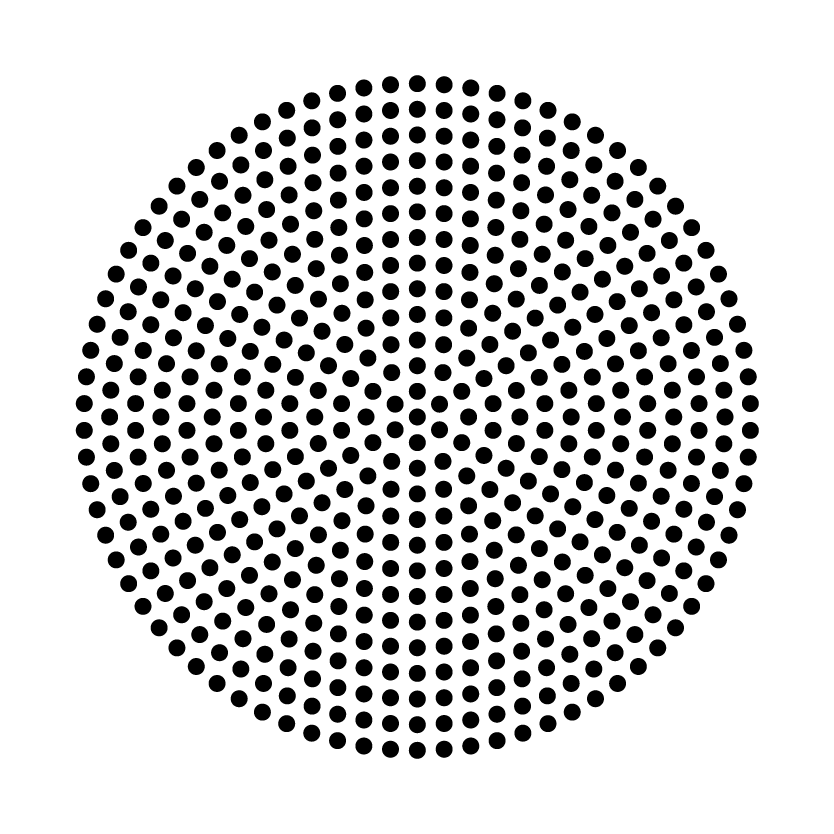
Another one for the nerds: Copyparty is a free and open-source file server that runs on pretty much any device out of a single Python file. Not only does it look amazing and make me want to host my own file server, but it was apparently coded on the train on a mobile phone. Wat.
I'm launching a small, regular meet-up for artists and musicians working with creative technology in the Öresund region. It's called Pixlar o Ljud (Pixels and Sound) and we're going to kick off with a show-and-tell session from 2-5pm on 14 September at STPLN in Malmö. If that sounds fun, you're very welcome to join us - you don't need to register or anything, but we've made a little landing page website at pixlaroljud.xyz.
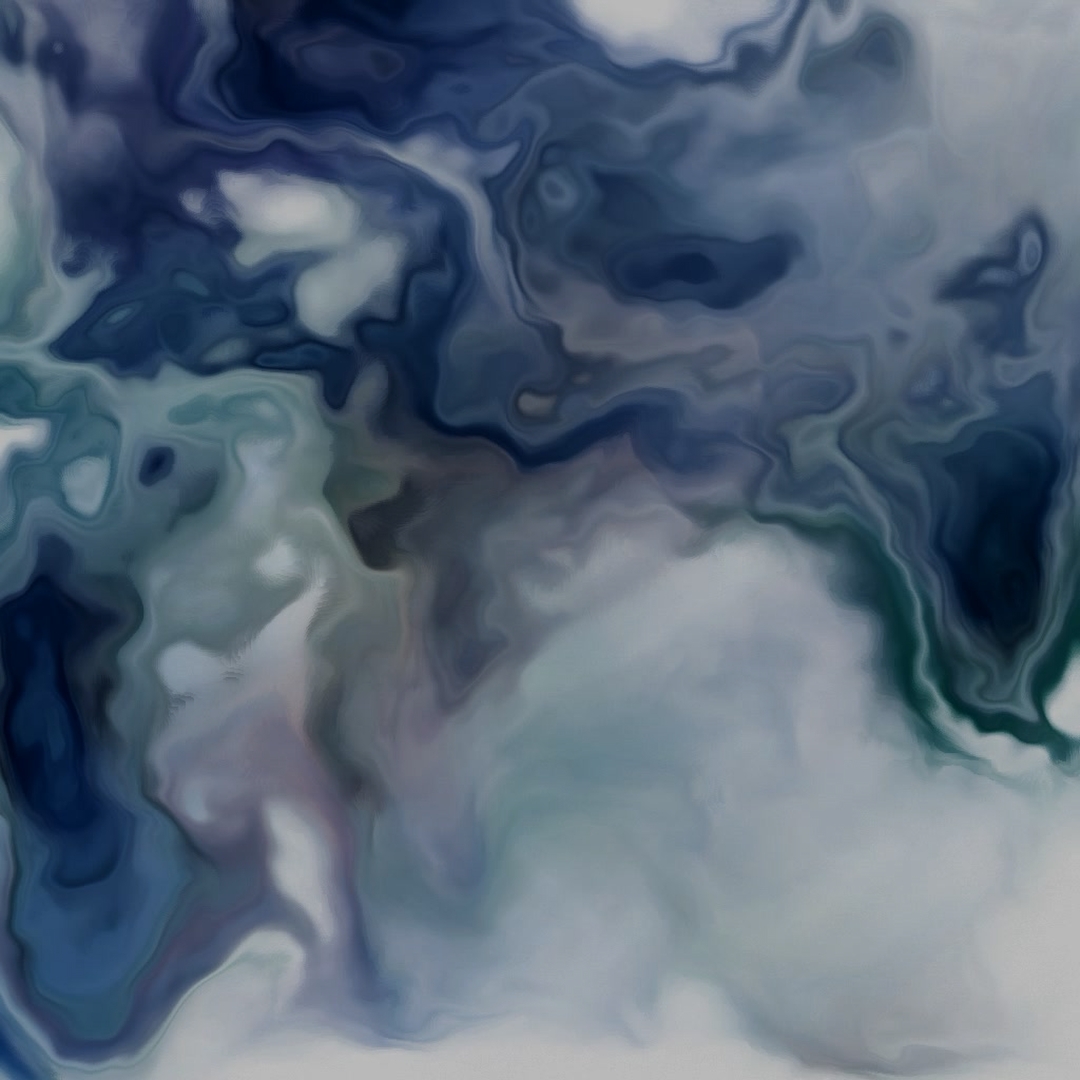
Also in the works: a sound installation based on the Loud Numbers episode "A Symphony of Bureaucracy". In it, data on EU lawmaking over time is translated into a fugue based on the EU anthem, "Ode to Joy". The more laws being made at once, the more voices you hear at the same time in the fugue (and therefore the more complex the fugue gets - up to eight voices).
The installation version will have each voice represented by a small Eurorack modular synthesizer, with a lamp stood next to it. When a voice is playing, the lamp lights up and the system starts generating music.
There are a lot of unknowns still, particularly around how I'm going to route eight different midi streams to eight different devices. But that's a problem for future Duncan to handle. Good luck future Duncan.
OK, that'll do for today. It was a pleasure writing to you. I'll be back in your inbox again in the middle of September, which is looking like it's going to be a pretty busy time...
xox
Duncan
